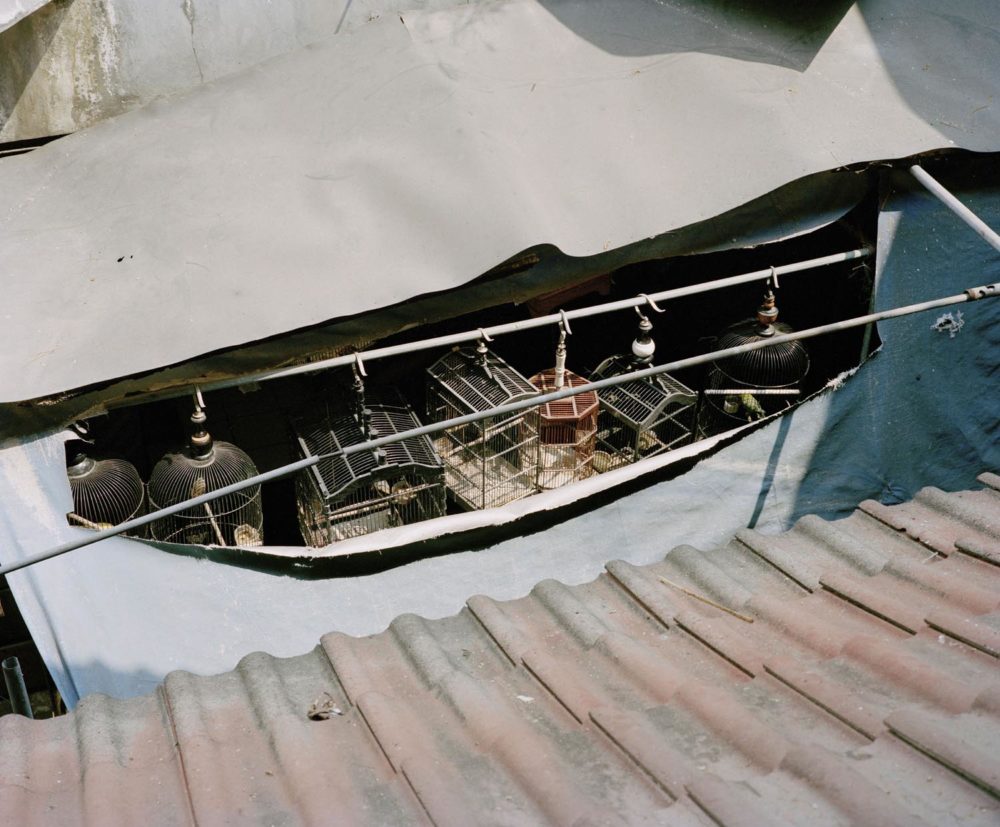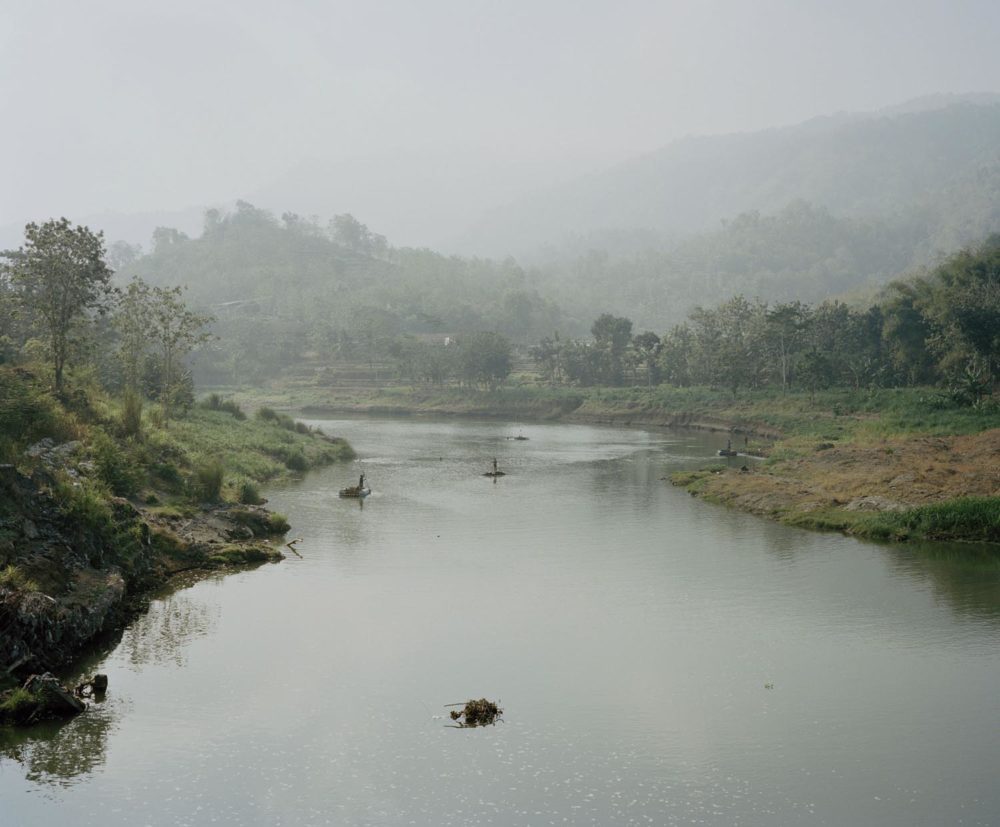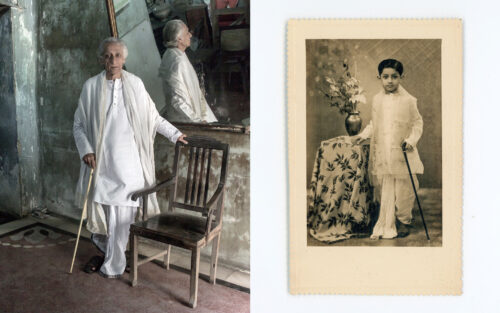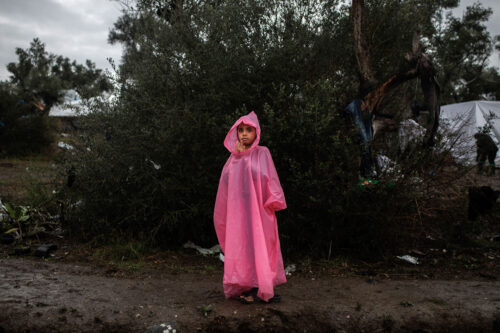Picture Series
Wilko Meiborg Songmachine
Songbirds play a significant role in everyday life in Indonesia. According to legend, one day Joko Mangu, a prince from the realm of the Sunda, is transformed into a zebra dove. The Sultan of Majapahit, the last great Hindu thalassocracy, hears the dove’s song in his garden and decides to keep the bird as a pet. One morning, Joko Mangu disappears. The sultan goes in search of him, for he misses the bird dearly. He finally finds the dove with a man named Ki Ageng. Through their love for the bird, the two men develop a great friendship. As a gesture of gratitude for the return of the bird, the sultan gives Ki Ageng two pumpkins filled with gold and precious stones. Since then, it has been impossible to imagine an Indonesian house – rich or poor – without a zebra dove. Over the past 60 years, a veritable cult has arisen surrounding all songbirds. This project is devoted to the myth of the bird, the human view of it and the contradictory relationships between bird lovers and their pets.
- Animals
- Artificiality
- Beauty
- Myth
- Prison
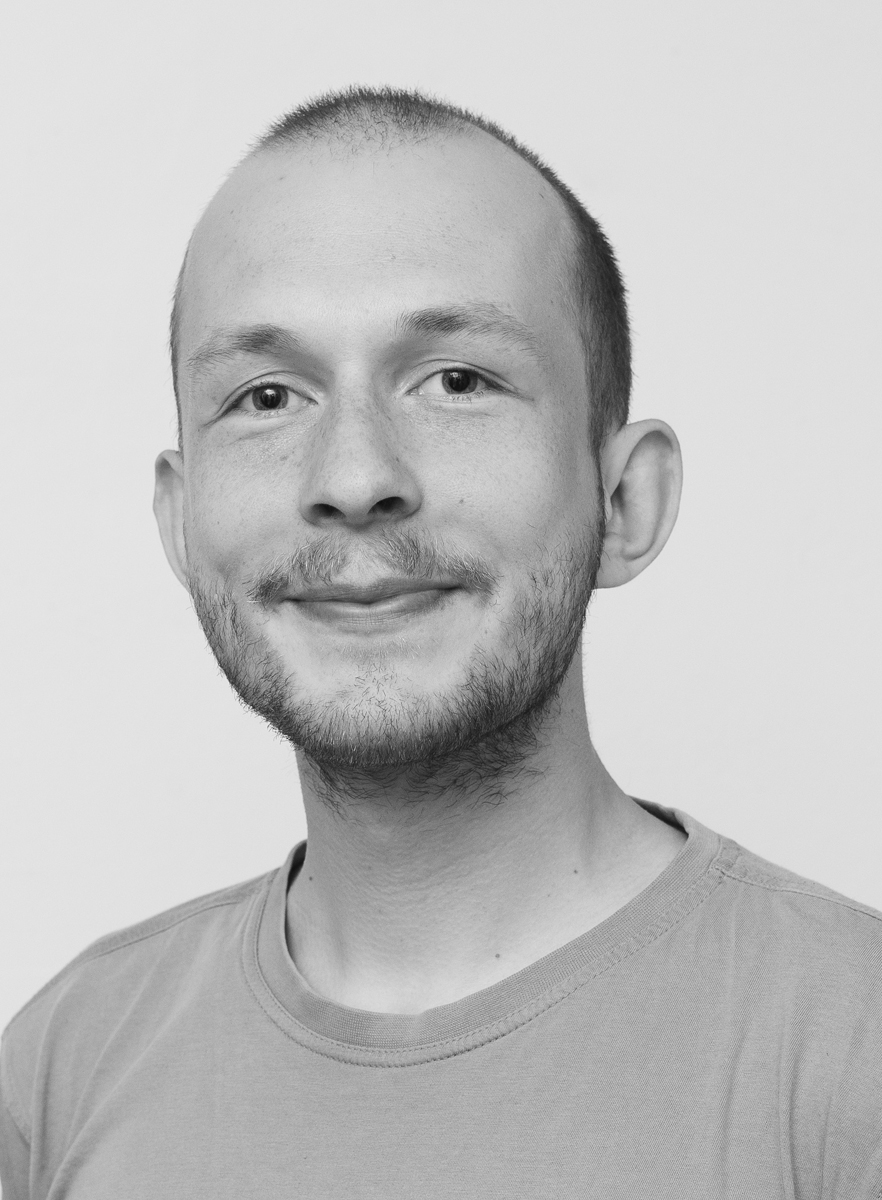
*1993 in Cologne, Germany
Wilko Meiborg is a student of Photography at Dortmund University of Applied Sciences and Arts. His photo essays examine the use and limits of documentary methods. He is a member of the artists’ group 4:1.


